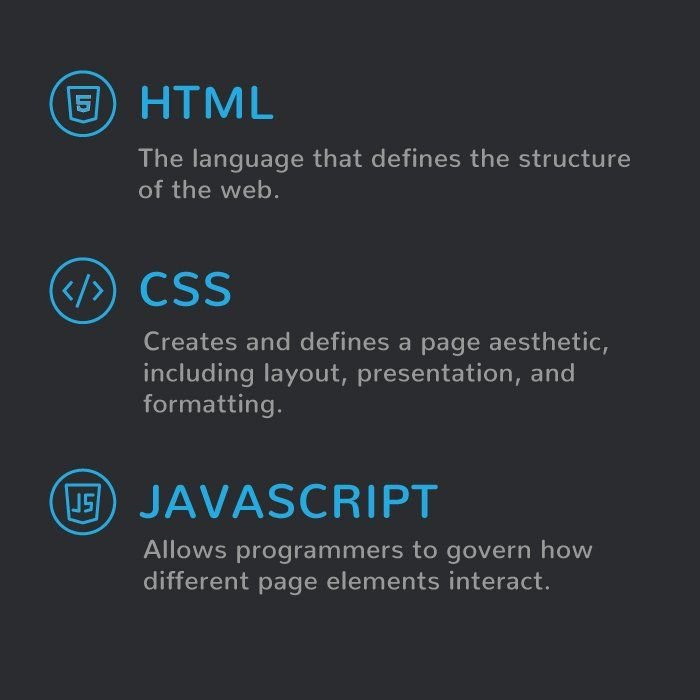Front End Development and It's Importance

Front end development plays a pivotal role in the IT industry, shaping the way users interact with digital platforms. It involves the creation of the user interface (UI) and user experience (UX) of websites and applications, ensuring they are both visually appealing and functional. This aspect of development is crucial as it directly impacts user engagement and satisfaction.
What is Front End Development?
Front end development refers to the practice of producing HTML, CSS, and JavaScript for a website or web application so that users can see and interact with them directly. The main goals of front end development are to create a seamless and efficient user experience and to ensure that the design is responsive, accessible, and fast.
Key Technologies in Front End Development
-
HTML (HyperText Markup Language): HTML is the backbone of any web development process. It provides the basic structure of sites, which is then enhanced and modified by other technologies like CSS and JavaScript.
-
CSS (Cascading Style Sheets): CSS is used to control the presentation, formatting, and layout of the website. It ensures that the website looks appealing across various devices and screen sizes.
-
JavaScript: JavaScript brings interactivity to a website. It allows developers to create dynamic content, control multimedia, animate images, and much more.
-
Frameworks and Libraries: Modern front end development often utilizes frameworks and libraries like React, Angular, and Vue.js. These tools streamline the development process, allowing for the creation of complex applications with greater efficiency.
-
Version Control Systems: Tools like Git help developers track changes to their code, collaborate with others, and maintain a history of their work.
The Role of a Front End Developer
Front end developers are responsible for translating the design and wireframes created by UI/UX designers into code. Their role includes:
- Coding and Development: Writing clean, maintainable, and efficient code to implement the visual and interactive elements of a website.
- Optimization: Ensuring the website performs well on different devices and browsers. This includes optimizing images, code, and other resources to reduce load times.
- Cross-Browser Compatibility: Making sure that the website looks and works correctly on different browsers and platforms.
- Responsive Design: Ensuring that the website provides a good user experience on a variety of devices, including desktops, tablets, and smartphones.
- Accessibility: Making the web accessible to all users, including those with disabilities. This involves adhering to accessibility standards and best practices.
Importance of Front End Development
-
User Experience: A well-designed front end creates a positive first impression and keeps users engaged. It helps in retaining users by providing a smooth and enjoyable experience.
-
Brand Image: The look and feel of a website reflect the brand's identity. Consistency in design across all digital platforms helps in building a strong brand image.
-
SEO (Search Engine Optimization): Front end development practices, such as proper use of HTML tags and fast load times, contribute to better SEO. This helps in improving the website's visibility on search engines.
-
Accessibility: Front end development ensures that websites are accessible to a wider audience, including those with disabilities. This not only helps in reaching more users but also complies with legal standards.
-
Interactivity: Interactive elements such as forms, buttons, and animations enhance user engagement. JavaScript and other tools help in creating these interactive elements that make the website more user-friendly.
Future Trends in Front End Development
The field of front end development is constantly evolving, with new technologies and trends emerging regularly. Some of the future trends to watch out for include:
- Progressive Web Apps (PWAs): PWAs offer a native app-like experience on the web, with benefits such as offline access, push notifications, and improved performance.
- WebAssembly: This technology allows developers to run high-performance applications on web browsers, opening up new possibilities for web development.
- Voice User Interface (VUI): With the rise of voice assistants, integrating voice interactions into web applications is becoming increasingly important.
- Motion UI: The use of animations and transitions to improve the user experience and make the interface more engaging.
Conclusion
Front end development is a critical component of the IT industry, playing a significant role in shaping user interactions with digital products. By leveraging the latest technologies and best practices, front end developers create visually appealing, responsive, and user-friendly websites and applications. As the field continues to evolve, staying updated with the latest trends and tools will be essential for developers to meet the growing demands of users and businesses alike









